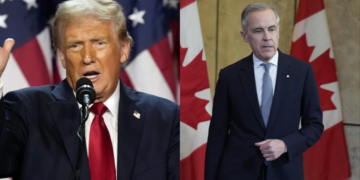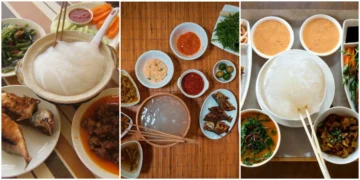This particular term ‘Liberation’ is nothing but an initiative aimed at imposing substantial reciprocal tariffs on goods from countries that the U.S. sees as maintaining unfair trade practices. This is the most recent and most impactful ruling of President Trump, set to establish new terms and conditions impacting the entire world and most importantly the appearance of America.
The terminology ‘Liberation Day’ is something quite self-explanatory and obvious. Perceived so, with all the right reason this particular day is one to really reshape and enormously impact the global landscape in terms of trade with major tariff increments on imports from foreign countries, India, the EU, Japan, and so on. Quite a bold move by America with the foreseeable results of harsh nature in the consequences on international relations, global supply chains as well as market stability, all done with the label of ensuring a far more fair global trade practice. So what are Trump’s April 2 Liberation Day plans?
A Deeper Delve into the Liberation Day Plans

- India, the EU, and Japan are the most susceptible to this effect standing as ones to lose the most as they are major trade partners of the US. India stands to face a staggering 100% tariff on agricultural products such as fruits and vegetables. This would directly infer U.S. goods becoming far more expensive in India. intended to address India’s high tariffs on agricultural imports leading to a possible negative consequence for U.S. farmers exporting these products.
- The tariff will have a significant impact on the EU, with a 50% tariff on dairy products along with the inclusion of milk and cheese. The U.S. has always been one to constantly criticize the EU for what it views as trade barriers that restrict American agricultural exports, and these tariffs here are intended to implement a change. The EU has already indicated retaliatory measures being in serious consideration which possess all potential to cause a further escalation of the current matter.
- Japan is one to face the highest number of tariffs under the new plan of President Trump who seems to have targeted the Japanese rice market, proposing a 700% tariff on rice imports. The goal is to address Japan’s restrictive rice import policies. These have long been a barrier to U.S. agricultural products. The already tense trade relations between these two nations are only to further escalate with this new onset of things.
Repercussions of April 2
The repercussions will encompass global economic results with potential disruptions in supply chains, higher costs for consumers, and market volatility. The global markets may experience sharp fluctuations with the onset of these tariff effects especially in industries like agriculture and technology that solely rely on global trade. The cost of production could seriously rise along with the increment of consumer costs shooting up, with a situation not so favorable to all.
On a more international level, this may be one to trigger retaliatory measures from the targeted nations. As reported, India has signaled that it may reduce its tariffs to a substantial amount to comply with the U.S., while the EU has not said anything as of yet, but is soon to. Japan, known for its precision in this realm is one to most probably take its own time before responding with a retaliation causing a further destabilized global trade environment.
The staunch supporters of President Trump are just as many against, rightly so indicating the presence of one stance formulating itself only due to the presence of its opposing. With the global trade arena being on extremely shaky ground at this moment with all businesses and consumers in a heightened state of consciousness all that can be done is wait and see what happens after Liberation Day Plans.















Discussion about this post